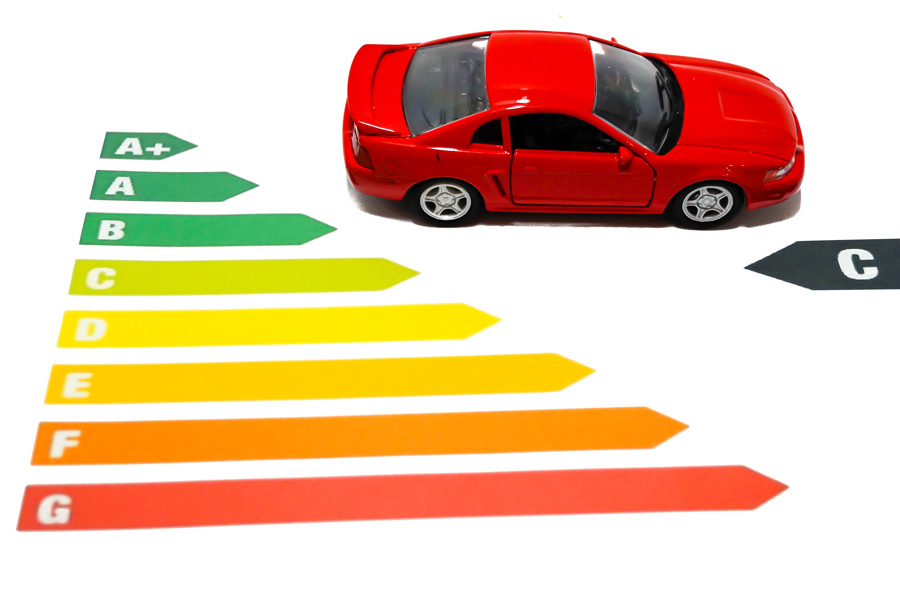For many car dealerships and car dealers, it came very suddenly - the new passenger car energy label replacing the previous energy efficiency classes with the specification of a CO2 class. It came into force on 23 February without a transition period. Hardly feasible, as many car dealers note. The Central Association of the German Motor Vehicle Industry (ZDK) has also criticised this approach. If dealers fail to implement this change in time, they can expect warnings.
It came very suddenly, the new passenger car energy labelling regulation (Pkw-EnVKV). In concrete terms, this means: From 23 February 2024, all energy labels issued or published must meet the new requirements, there was no transition period. This was due to the Europe-wide switch to the WLTP test method (Worldwide harmonized Light vehicles Test Procedure).
So what's new?
In contrast to the previous energy label, which divided the vehicles into efficiency classes and only took consumption and emissions values into account, the new label divides the vehicles into CO2 classes and also contains additional information. This includes the amount of vehicle tax, the energy costs at a mileage of 15,000 kilometres per year and possible CO2 costs over the next ten years with an annual mileage of 15,000 kilometres.
One particular issue for dealers is that they have to state the expected CO2 costs over ten years. This involves a considerable amount of bureaucratic effort. They either have to request the data from the manufacturers or gather the details themselves in a different way. One saving grace is that labels created before 23/02/24 may still be used until 1 May this year. For advertising fonts and electronic, magnetic or visual storage media, the deadline is even 1 August this year.
What is the reason for the new passenger car energy label?
The new energy label is intended to provide consumers with better information regarding the energy efficiency of vehicle models. The vehicles are divided into seven CO2 efficiency classes, starting with the best energy efficiency class A, through to the worst class G. The aim is to reduce emissions from road traffic by encouraging consumers to buy cars with the lowest possible pollutant levels. There will be five energy labels in total, one for each type of fuel: Petrol, diesel, natural gas, pure electric vehicles and plug-in hybrids. The German government aims to improve acceptance with the introduction of the new energy label.

